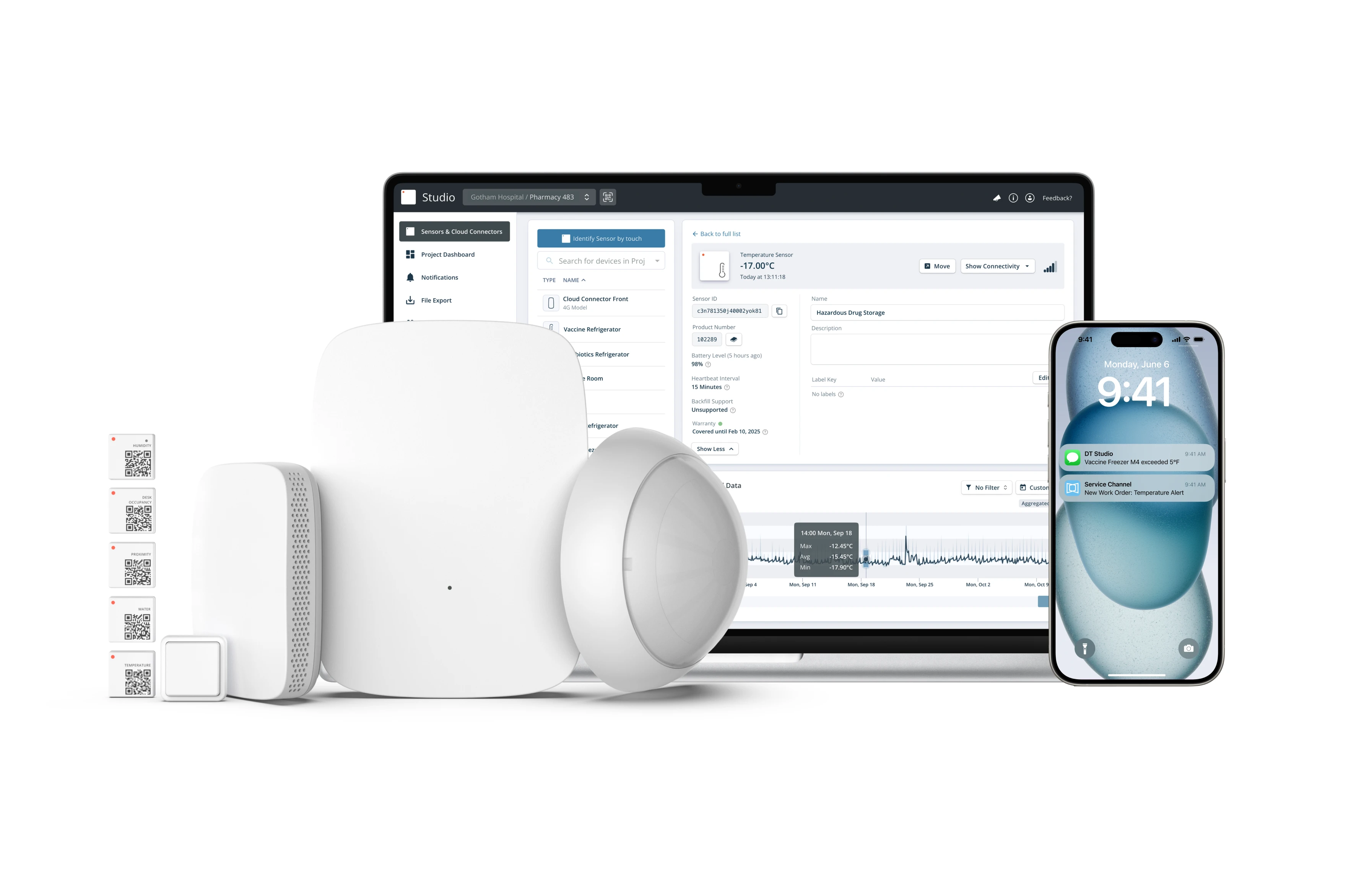How to Reduce Food Waste with Remote Temperature Monitoring

Food waste is a significant issue in food retail, with up to 17% of food being discarded even though it is still fit for consumption. Temperature fluctuations—often caused by equipment malfunctions, power outages, and human error—are major contributors to food spoilage, leading to waste that could be avoided with proper monitoring and intervention. In this guide, we’ll explore practical steps for food retailers to reduce waste using remote temperature monitoring systems.
1. Understand the Impact of Temperature on Food Quality
Know the Danger Zones: Bacteria and pathogens thrive between 4.4-60°C (40-140°F). Keep your cold storage units consistently below 4°C (40°F) to slow microbial growth and preserve food quality.
Identify Spoilage Risks: Even minor temperature fluctuations can impact the taste, texture, and appearance of perishable goods, leading to unnecessary waste.
2. Implement Remote Temperature Monitoring Systems
Why go Remote? Traditional manual checks are prone to error and can miss critical temperature changes, especially during off-hours. Remote systems provide continuous monitoring, reducing the risk of human error.
Key Components of a Remote System
- Wireless Temperature Sensors: These measure and record temperatures consistently, ensuring data is available even during power outages.
- Cloud Connector: The Cloud Connector relays data from the wireless sensor to the Cloud via Cellular or Ethernet.
- Cloud-Based Data Management: Connect your sensors to a web-based platform for real-time monitoring and alerts, so you can act immediately if temperatures fall outside safe ranges.
3. Choose the Right Technology
When choosing a remote temperature monitoring system, consider factors such as ease of installation, scalability, and integration with existing systems. Look for sensors with long battery life and data backfill, which ensures an unbroken data log even if connectivity to the cloud is lost. Additionally, ensure the system offers real-time alerts and comprehensive reporting features for compliance documentation. Opt for a cost-effective and reliable solution, with strong customer support to assist with any technical challenges.
Explore: 5 Key Considerations When Selecting A Temperature Monitoring Technology
4. Automate Alerts and Compliance Logging
Real-Time Alerts: Set up your system to send instant notifications via SMS or email if temperature anomalies occur. This allows staff to take quick action, preventing spoilage before it leads to waste.
Compliance Documentation: Use automated logging to maintain accurate records for food safety inspections, reducing the manual labor involved in compliance reporting.
5. Train Your Team on Best Practices
Reduce Human Error: Ensure all staff are trained on the importance of temperature monitoring and know how to respond to alerts.
Regular Maintenance Checks: Schedule regular equipment maintenance to prevent malfunctions that could lead to temperature fluctuations.
6. Monitor, Adjust, and Scale Your System
Continuous Improvement: Regularly review your temperature monitoring data to identify patterns and areas for improvement.
Scalability: As your business grows, ensure your temperature monitoring system can scale with it, adding more sensors and expanding cloud storage as needed.
Explore: RaceTrac Doubles Down on Food Safety with Next-Generation Temperature Monitoring
By following these steps, food retailers can reduce food waste, improve operational efficiency, and ensure compliance with food safety regulations. Remote temperature monitoring is a practical, cost-effective solution that protects your bottom line and contributes to a more sustainable food system.

Temperature Monitoring Made Simple
Get Started





